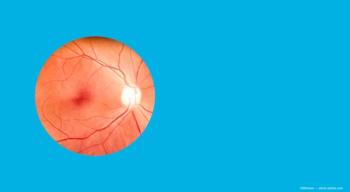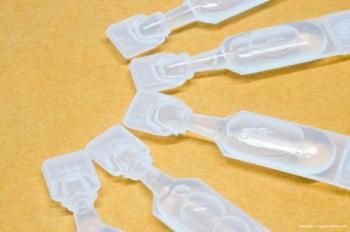
Impact of biosimilar availability on the US ophthalmology markets
Continued education and financial incentives will become essential if biosimilars are to become a mainstay in ophthalmological markets, according to a recent report.
A new Spherix Global Insights study reported the results of a survey of 80 ophthalmologists in the US that sought feedback on the use and perceptions of biosimilar agents and their impact on the treatment landscape.
The first drugs in this class, Byooviz (Biogen and Samsung) and Cimerli (Coherus BioSciences), which are biosimilars to ranibizumab (Lucentis, Genentech Inc.), hit the US market in 2022.
Spherix’s December 2022 report indicated that “while access has opened to biosimilars in ophthalmology since last wave (fielded November 2021), comfort and familiarity ratings with the class has gone down. Ophthalmologists are learning more about biosimilars though journal articles, CME activities, conferences presentations, and colleagues, yet this increased knowledge has not yet translated to increased comfort with the agents.”
The report continued, “Concepts unique to the FDA biosimilar approval pathway such as extrapolation of indication approvals and interchangeability have complicated the matter with research indicating ophthalmologists are less comfortable with both as compared to the previous year and extreme comfort with the level of safety and efficacy data needed for a biosimilar to gain FDA approval has also decreased from last wave.”
About half of the surveyed ophthalmologists noted that the launch of the 2 drugs “did not made a large splash with aided awareness of the agents' availability.”
The cost of the drugs and access are concerns but ophthalmologists are more focused on comparable safety and efficacy with the reference biologics.
Another factor in the limited acceptance of the biosimilars is that most of the surveyed ophthalmologists were not approached by the companies’ sales representatives regarding office visits.
In addition, an aflibercept biosimilar to Eylea (aflibercept, Regeneron) is in the offing as is the potential for a high-dose of Eylea, indicating that more changes to the retina landscape can be expected.
According to Spherix Global Insights, “While the appeal of an aflibercept biosimilar appears greater than the currently available ranibizumab biosimilars (biosimilars of Lucentis), awareness and familiarity of the aflibercept biosimilar pipeline are extremely low and intent to use appears predicated on other branded options available at the time and pressure from third parties such as payers and health institutions.”
Another company, Viatris, has filed another aflibercept biosimilar for FDA review, M710, an action that most ophthalmologists are not aware of, according to Spherix, and fewer physicians are aware of that biosimilar itself.
In commenting on this filing, Spherix stated, “Ophthalmologists are not very likely to prescribe an aflibercept biosimilar over Eylea and even less likely to prescribe it in the future over high dose Eylea when and if that becomes available.
Spherix also noted the minimal familiarity with the pipeline biosimilar manufacturers Biogen, Bausch, Amgen, Samsung, Sandoz, Coherus BioSciences, Lupin, Alvotech, Celltrion, Xbrane, and Formycon, but ophthalmologists are concerned with the manufacturing conditions of biosimilars and “most will be at least somewhat influenced by the manufacturer regarding prospective use of the agents.”
The bottom line for biosimilars is that the future seems uncertain based on their availability for the past 6 months.
“Continued education and financial incentives will become essential if biosimilars are to become a mainstay in ophthalmological markets,” the report concluded.
Newsletter
Don’t miss out—get Ophthalmology Times updates on the latest clinical advancements and expert interviews, straight to your inbox.



















































.png)


